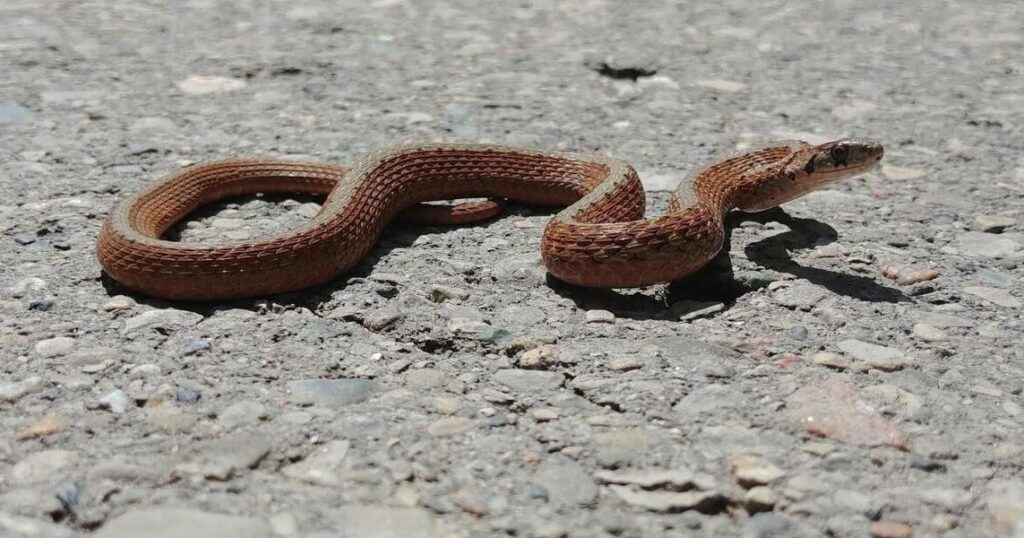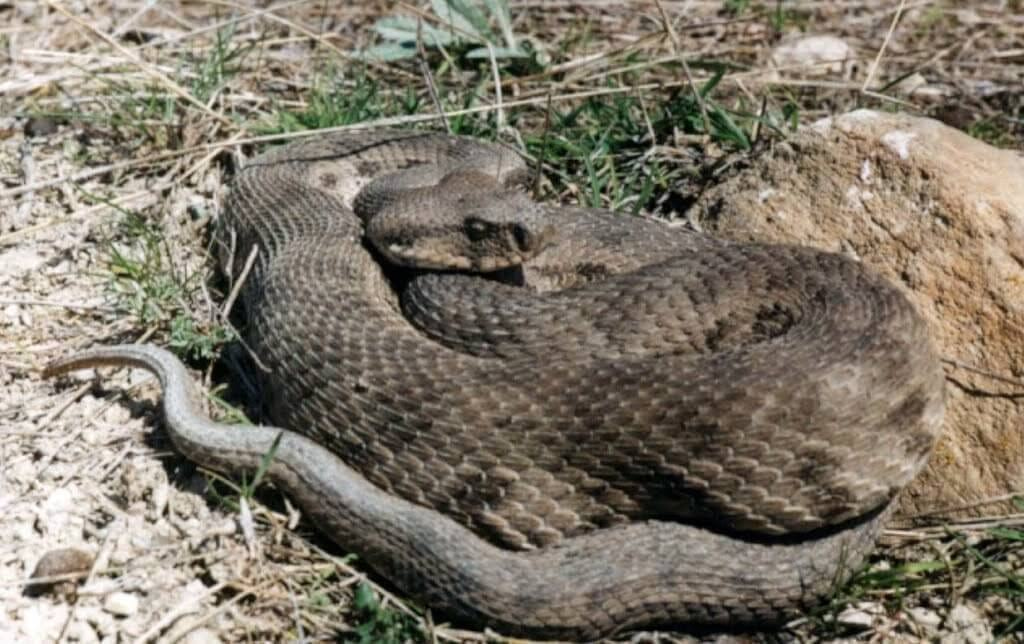Blunt-Nosed Viper of Cyprus
The Cypriot Blunt-Nosed Viper, scientifically known as Macrovipera Lebetina, is a venomous snake species found in the Mediterranean region, including Cyprus, Turkey, and parts of the Middle East. This species is known for its distinct blunt-nosed appearance, which sets it apart from other vipers in the region.

The Cypriot Blunt-Nosed Viper is a medium to large-sized snake, with adults reaching lengths of up to 1.5 meters. It has a robust body and a triangular-shaped head, characteristic of viper species. The coloration of this snake can vary, but it typically has a gray or brown base colour with darker markings along its body. The head is often adorned with a series of dark, V-shaped markings, giving it a striking appearance.

The Cypriot Blunt-Nosed Habitat
This species is primarily found in rocky, mountainous areas, where it can take advantage of the crevices and rocky outcrops for shelter and hunting. It is also known to inhabit scrublands, grasslands, and forested areas, where it can find ample prey and suitable conditions for survival.

The Cypriot Blunt-Nosed Diet
The diet of the Cypriot Blunt-Nosed Viper consists mainly of small mammals, such as mice, rats, and other rodents. It is an ambush predator, relying on its camouflage and stealth to surprise its prey. Once it has detected a potential meal, it will strike quickly, injecting its venom to incapacitate its victim before swallowing it whole.
It Uses its Venom For Hunting And Defence
Like all vipers, the Cypriot Blunt-Nosed Viper possesses potent venom, which it uses for both hunting and defence. Its venom is a complex cocktail of proteins and enzymes that can cause severe tissue damage and other systemic effects in its prey. For humans, a bite from this species can be potentially life-threatening if not treated promptly. However, bites are relatively rare, as this snake tends to avoid contact with humans and will only strike if provoked or threatened.
Breeding Occurs in The Spring
Breeding in the Cypriot Blunt-Nosed Viper typically occurs in the spring, with females giving birth to live young in the late summer or early fall. The gestation period is around 6-7 months, and a litter can consist of anywhere from 6 to 20 offspring. The young are born fully developed and capable of fending for themselves, although they are more vulnerable to predation at this stage of their lives.
It Faces Threats From Habitat Loss
The conservation status of the Cypriot Blunt-Nosed Viper is currently listed as Least Concern by the International Union for Conservation of Nature (IUCN). However, like many reptile species, it faces threats from habitat loss, persecution by humans, and road mortality. Efforts to conserve this species include the protection of its natural habitat, education and outreach programs to reduce human-snake conflicts, and research to better understands its ecology and behaviour.


